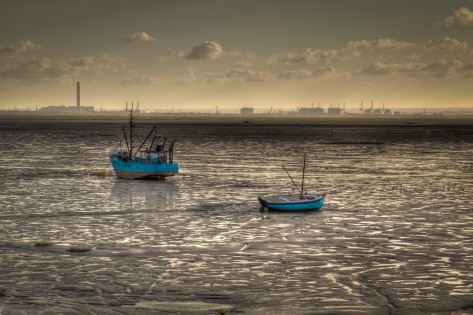Remembering Magnum Photographer Inge Morath
 |
Inge Morath Self Portrait, Jerusalem, 1958
Born 91 years ago today, on 27 May 1923, Ingeborg Morath was a photographer associated with Magnum Photos for nearly fifty years.
(Viking, 1969).
 |
Inge Morath Self Portrait, Jerusalem, 1958
Born 91 years ago today, on 27 May 1923, Ingeborg Morath was a photographer associated with Magnum Photos for nearly fifty years.
 |
| Ted Anderson |
 |
| Ted Anderson – Here, Perhaps |
 |
| Ted Anderson – Rachel |
 |
| Ted Anderson – Crossing over |
I came across this pretty cool video about Annie Leibovitz from 2008…It’s not the best quality but well worth a look, Hope you enjoy watching as much as I did.
Found this incredible documentary from the BBC about the great Ansel Adams one of Americas most prolific photographers and very much a household name.
Hope you enjoyed watching this as much as I did…
Have a great weekend
Glyn
Thought you guys might be interested in this interview of a legend…..Mr Bresson….
Making an entrance can be quite difficult if there is no door to enter through, so lets give the doors some credit and take some pictures to show just how marvellous they are…
I have started this as another project as it is quite interesting how creative we can be and how many incredible opportunities there are out there to make art from a simple door…

This was a door on a cathedral, the door and surround is beautiful however in the original image the background was to powerful so with a simple Gaussian blur layer added then the subject erased through created an almost toyish looking image very similar to what you would get using a tilt shift lens…

I really liked this door as it is interesting enough on its own but with the surrounding textures created by the wall climbing plants and the berries as well as the light made this a great picture.. I shot this using the bracketing technique and then merged three images together to bring out maximum tone and detail…

A forgotten old building where the environment has made it its home presented me with this wonderful door, again bracketed and merged then slightly desaturated to give a nice weathered effect…
Hope you like these images enough for you to start noticing doors of interest near you as they really do make great images.
All the best
Glyn
by Glyn Ridgers

Sitting in office lookng out of the window at the rainy weather and wanting to take some photos….What did I do?…did I go outside and get soaked?….HECK NO! …I rummaged around the drawers of my desk and came across these dice….I have no idea where they came from but glad they were there as I feel they have made a good image. Not being bothered to leave my chair I just grabbed 3 sheets of paper to make a temporary light tent, my desk light and a tissue to diffuse the light from the lamp still giving me enough light to produce the shadows I wanted.. .Camera on beanbag (rolled up jumper) settings were f/7.1 with a 0.3 sec shutter speed using my 24-70mmn and a 7D bracketed at 1 stop intervals and merged with CS5 and with the applied platinum texture I produced this image….time…..30 mins…….COOL BEANS as my son would say!
Hope you like
by Glyn Ridgers

Just wanted to share one of my images and see what you guys think…..
by Glyn Ridgers

 |
| Residence of Pres[iden]t B. Young, front. [Temple]. Alternate Title: Utah. Charles Roscoe Savage |
 |
| Shore of Salt Lake. Charles Roscoe Savage. Medium: albumen print. |
 |
| Cactus growth, Arizona. Charles Roscoe Savage. Created ca. 1875. Medium: albumen print. |
 |
| The old mill. Charles Roscoe Savage. Alternate Title: Utah. Medium: albumen print. |
 |
| Interior of Tabernacle. Alternate Title: Utah. Charles Roscoe Savage. Medium: albumen print. |
 |
| Foundation of Temple. Alternate Title: Utah. Charles Roscoe Savage. Medium: albumen print. |
 |
| Cathedral Rocks. Alternate Title: Views of the Great West, from the Missouri River to the Pacific Ocean, Colorado series. Charles Roscoe Savage |
by Glyn Ridgers
Courtesy of Photography News
This guy is an uber-legend in the world of photography…well worth watching this video about the master….
by Glyn Ridgers